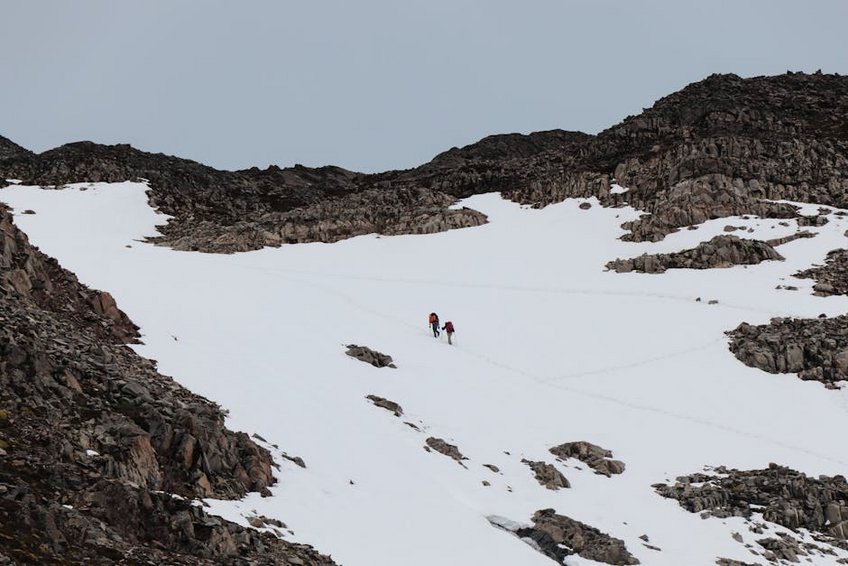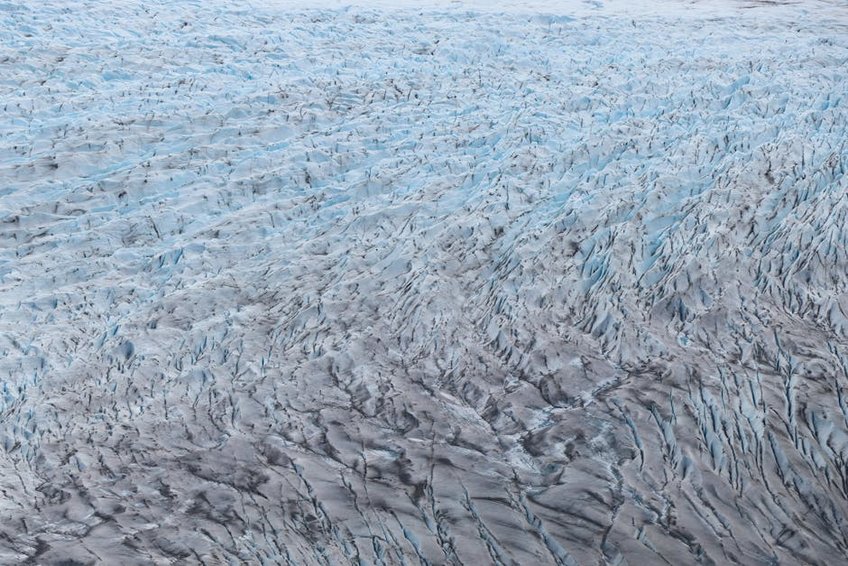Patagonia Torres del Paine Winter Trek: Snowy Peaks Adventure
The Patagonia Torres del Paine Winter Trek delivers a breathtaking journey through Chile’s most iconic mountain range under pristine snow conditions. You will navigate frozen trails, witness dramatic ice formations, and experience unparalleled solitude in this remote Southern Hemisphere wilderness. This guide provides detailed seasonal advice, gear recommendations, and logistical planning for your cold-weather adventure.
Essential Torres del Paine Information
Torres del Paine National Park spans 181,414 hectares in Chilean Patagonia’s Magallanes Region. The park’s centerpiece is the Paine Massif, a spectacular mountain group featuring granite towers, horns, and cuernos shaped by glacial erosion. Winter transforms this landscape into a silent, snow-blanketed wilderness with limited visitor access.
UNESCO designated this area as a World Biosphere Reserve in 1978 for its exceptional biodiversity. The park protects numerous ecosystems from Patagonian steppe to subpolar forests. These environments host unique wildlife like guanacos, South Andean deer, and the elusive puma.
Park Geography and Features
Understanding the park’s layout helps with winter navigation and safety planning.
- The W Trek covers 71 kilometers through the park’s most dramatic sections including Grey Glacier, French Valley, and the Base Torres lookout points.
- The Full Circuit extends to 110 kilometers circling the entire Paine Massif with more remote sections that become challenging during winter conditions.
- Major landmarks include Lake Pehoé, Lake Nordenskjöld, and the Paine River that freezes partially during the coldest months from June through August.
- Budget option ($2,500-3,500): Includes camping with own equipment, self-catering, and independent navigation while using refugios for emergency shelter and purchasing food supplies in Puerto Natales.
- Mid-range option ($3,500-4,500): Features guided day hikes with hotel stays in Puerto Natales, rented equipment, and some meals included plus transportation to trailheads and park entrance fees.
- Luxury option ($4,500-5,000+): Provides fully guided multi-day treks with heated refugio accommodation, all meals, porters for equipment, and specialized winter gear including satellite communication devices.
- Torres del Paine National Park Official Site
- Chilean Tourism Board
- Patagonia Environmental Information
Winter Climate Conditions
Patagonian winter brings extreme weather shifts that demand careful preparation and flexibility. Temperatures range from 20°F to 35°F (-7°C to 2°C) during daytime with nighttime drops to 5°F (-15°C). The region experiences strong winds averaging 75 mph that can quickly create whiteout conditions.
Snow accumulation varies between 4-12 inches monthly from June to September. Daylight lasts only 8-9 hours in midwinter, requiring early starts and carrying headlamps. Weather changes abruptly with sun, snow, and rain possible within a single hiking day.
Trek Difficulty and Requirements
Winter trekking demands advanced skills and proper physical conditioning for safe enjoyment. The park maintains limited services between May and September with some trails closed or requiring guides. You need previous cold-weather hiking experience and navigation competence.
Park authorities may restrict independent hiking during severe weather for safety reasons. Guided tours become essential for navigating avalanche-prone areas and river crossings. Fitness requirements include carrying 25-30 pound packs over snowy, uneven terrain for 6-8 hours daily.
Planning Your Patagonia Torres del Paine Winter Trek
Your Patagonia Torres del Paine Winter Trek requires meticulous preparation starting six months before departure. This advanced timeline ensures you secure limited accommodations, obtain necessary permits, and assemble proper cold-weather gear. Winter conditions demand different strategies than summer visits with shorter daylight and fewer services.
Budget between $2,500-$5,000 per person for a 7-10 day winter trek depending on guide services and accommodation style. This includes international flights to Punta Arenas, park fees, equipment rental, and emergency insurance. Travel during shoulder months like May or September offers cost savings of 15-20%.
Physical preparation should include cardiovascular training with weighted packs and strength exercises focusing on legs and core. Practice using crampons and ice axes if attempting high-altitude sections. Develop navigation skills with map, compass, and GPS devices for low-visibility conditions.
Best Time to Visit Torres del Paine
Visit between late June and early August for peak winter conditions with deep snow and frozen landscapes. Daytime temperatures average 25°F (-4°C) with 5-8 hours of daylight ideal for photography. This period offers the most dramatic snowy scenery but requires the most specialized gear.
Shoulder seasons in May and September provide milder conditions with temperatures from 30°F to 45°F (-1°C to 7°C). These months have 9-11 daylight hours and fewer restrictions on independent hiking. September brings early wildflowers and increased wildlife activity as spring approaches.
Budget Planning and Costs
Winter trekking costs vary significantly based on accommodation style and guide services.
Essential Preparation Checklist
Your gear must withstand Patagonia’s notorious wind, cold, and precipitation for safety. Required items include four-season tents, -20°F (-29°C) sleeping bags, insulated sleeping pads, and waterproof layers. Technical equipment includes microspikes, ice axes, and avalanche beacons for certain routes.
Documentation needs include Chilean tourist visa (waived for US/EU citizens for 90 days), comprehensive travel insurance with evacuation coverage, and park reservations booked in advance. Begin physical training 3-4 months prior with progressively longer hikes carrying full packs in variable conditions.

Alt: “torres-del-paine-winter-snow-mountains-frozen-lake”
Top Attractions and Winter Activities
Torres del Paine’s winter landscape offers unique experiences unavailable during summer months. The snow-covered trails provide incredible solitude with visitor numbers dropping to 10% of peak season. Frozen waterfalls, ice-covered lakes, and animal tracks in fresh snow create magical photographic opportunities.
Wildlife viewing becomes particularly rewarding as animals descend to lower elevations seeking food. You might spot Andean condors soaring against snowy peaks, guanacos foraging in sheltered valleys, and possibly foxes hunting in the white landscape. Always maintain safe distances and use binoculars for observation.
Must-See Winter Highlights
Base Torres viewpoint requires careful ascent on icy trails but rewards with spectacular views of the three granite towers draped in snow. Morning light creates stunning contrasts between blue ice, white snow, and orange rock surfaces. Allow 8-10 hours round trip from Refugio Central with an early start.
Grey Glacier appears particularly dramatic in winter with deep blue ice contrasting against fresh snowfall. The glacier trek from Refugio Grey offers safer conditions with frozen river crossings. Ice calving events create thunderous echoes across the frozen Lake Grey surface.
French Valley remains accessible with guides who navigate avalanche-prone sections and assess snow stability. The valley’s amphitheater shape accumulates snow creating a pristine white bowl surrounded by jagged peaks. This challenging trek requires ice axes and crampons for safe passage.
Hidden Gems and Local Favorites
Laguna Azul (Blue Lagoon) freezes completely in winter creating a natural ice skating surface with panoramic mountain views. This less-visited area near the park’s eastern entrance offers solitude and excellent wildlife photography opportunities. Access requires 4WD vehicles and local guide knowledge.
Serrano River Valley provides sheltered hiking with lower wind exposure and consistent snow conditions. Local guides lead snowshoe excursions through lenga forests to viewpoints overlooking the river winding through ice formations. This area rarely appears on standard itineraries.
Winter Wildlife Encounters
Patagonian wildlife adapts remarkably to winter conditions with observable behavioral changes. Guanacos grow thicker coats and form larger herds for protection against predators and cold. South Andean deer (huemul) descend to valley floors where snow accumulation is lighter.
Bird species including upland geese and black-faced ibis remain year-round near unfrozen water sources. The scarce Andean condor becomes more visible against snow backgrounds during their daily hunting patterns. Always observe wildlife from recommended distances using zoom lenses.
Practical Travel Information
Winter travel to Torres del Paine requires different logistics than summer visits with reduced transportation and accommodation options. Most services operate from Puerto Natales, the gateway town located 70 miles from the park entrance. This charming community provides last-minute supplies, equipment rental, and weather updates.
Accommodation inside the park becomes limited to three main refugios that remain open with reduced capacity. These mountain huts provide heated dormitories, basic meals, and emergency assistance. Advance reservations are mandatory as spaces fill quickly for the winter season.
| Accommodation Type | Features and Services | Price Range (USD) |
|---|---|---|
| Refugio Accommodation | Heated dormitories, community bathrooms, cooked meals, limited electricity | $80-120 per night |
| Puerto Natales Hotels | Private rooms, en suite bathrooms, restaurant, gear storage, tour booking | $100-200 per night |
| Camping Sites | Designated areas with wind protection, basic facilities, no showers | $15-25 per night |
| Full Service Lodges | Luxury rooms, gourmet dining, spa, guided activities, transportation | $300-500 per night |


